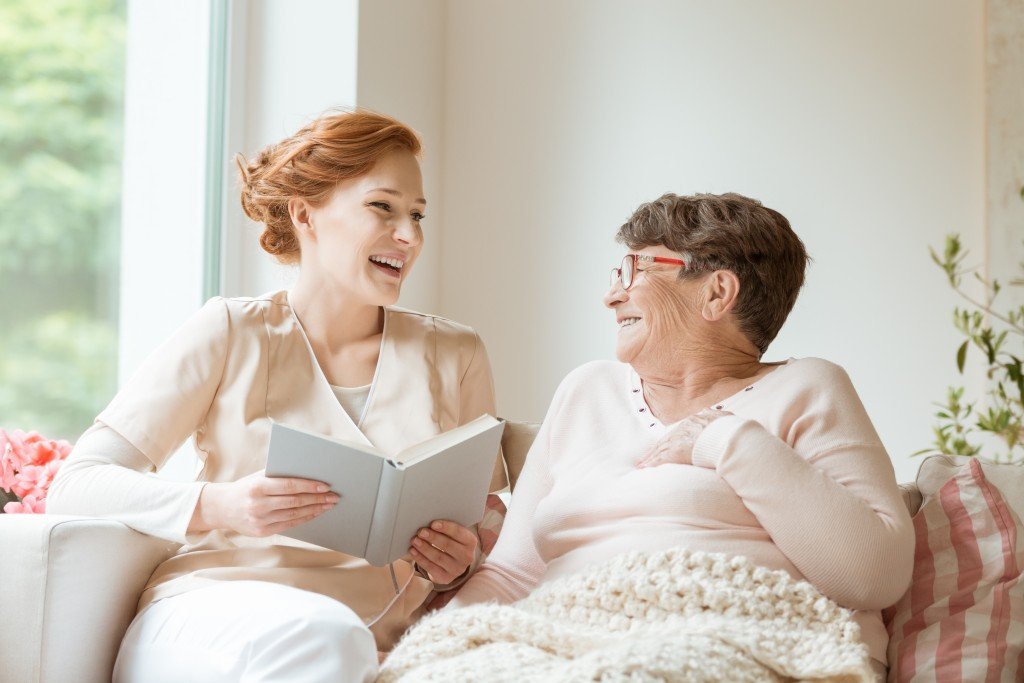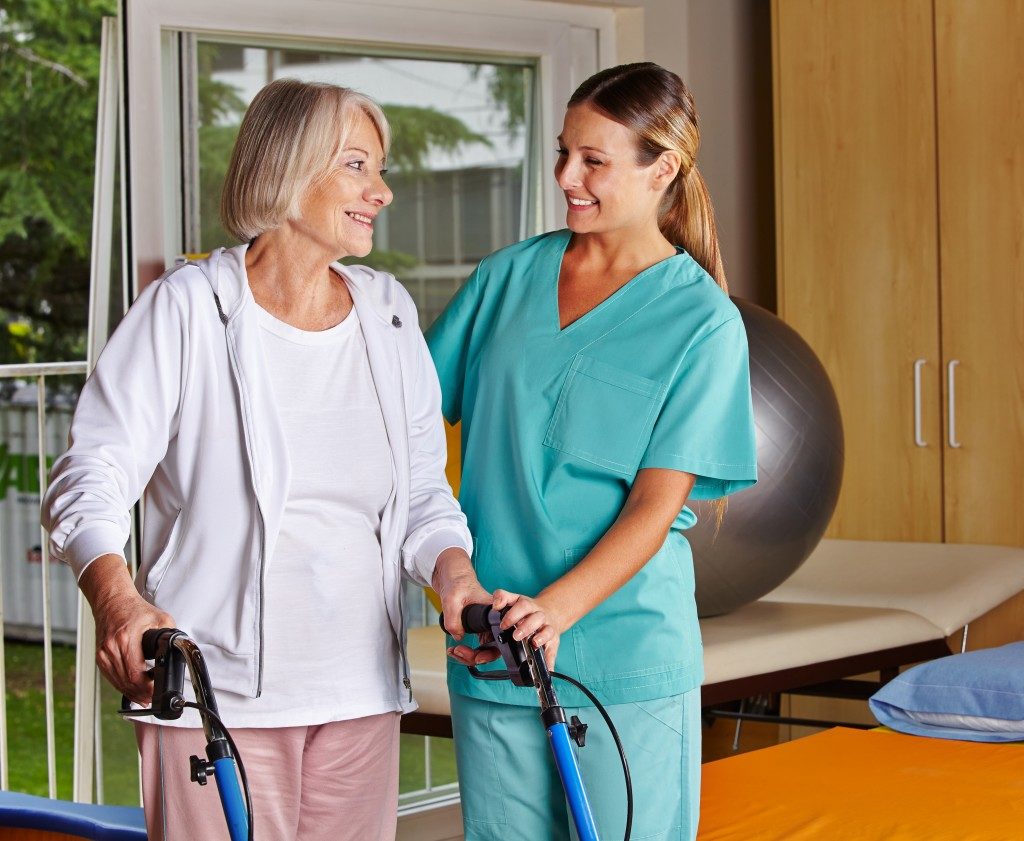
Aging America: Problems Facing the Country’s Elderly
America has an aging population. Baby boomers dominated the country for a while, but every day, more and more are entering retirement. And their needs evolve as they age.
The growing over-65 population creates an urgent need for health care services specific to this demographic. The demand will continue to increase for in-home caregivers, nursing home facilities, and health care workers. But currently, the country isn’t doing a good job of taking care of its elderly.
 A study by the Health Affairs Journal shows that 58 percent of median-income adults ages 65 and above can afford an extensive amount of paid home care, but they would have to liquidate their assets. This excludes seniors with debilitating conditions and life-limiting diseases.
Also, by 2029, the majority of middle-class seniors will only have financial resources of $60,000 or less per year. The average cost of assisted living and medical expenses by that time will be $62,000. This means that most of the middle-income older adults won’t be able to afford assisted living services.
The bottom line is that assisted living facilities and services are not affordable, and the oldest and most ill seniors are the least likely to obtain these services. This demand opens up business opportunities for home healthcare franchises that could provide affordable and accessible services.
A study by the Health Affairs Journal shows that 58 percent of median-income adults ages 65 and above can afford an extensive amount of paid home care, but they would have to liquidate their assets. This excludes seniors with debilitating conditions and life-limiting diseases.
Also, by 2029, the majority of middle-class seniors will only have financial resources of $60,000 or less per year. The average cost of assisted living and medical expenses by that time will be $62,000. This means that most of the middle-income older adults won’t be able to afford assisted living services.
The bottom line is that assisted living facilities and services are not affordable, and the oldest and most ill seniors are the least likely to obtain these services. This demand opens up business opportunities for home healthcare franchises that could provide affordable and accessible services.
Lack of Caregivers
For the longest time, families have decided to care for their senior parents in their own homes. But now, at least one in five over-65 Americans are likely to become “elder orphans” or those who grow old alone with no family to rely on for caregiving support. Either their loved ones decided to put them in homes instead, or they simply have no families left who will attend to their needs. According to the National Academy of Sciences, families have fewer children, and more adults are getting divorced or not marrying at all. Younger adults also tend to live far from their aging parents and have children and other family members to look after. On top of that, the senior population’s median incomes, retirement fund, and Social Security fund haven’t risen in years. The elder orphans are left to rely on caregivers and long-term care institutions and services. But the country’s supply of caregivers is diminishing as well. Each day, 10,000 people turn 65. By 2020, the population of ages 65 and above will reach 56 million. Also, the average age of an American caregiver is 52.5, so they’re nearing retirement age as well. The total population of caregivers in the US is 62 percent white.Unaffordable Home Care
 A study by the Health Affairs Journal shows that 58 percent of median-income adults ages 65 and above can afford an extensive amount of paid home care, but they would have to liquidate their assets. This excludes seniors with debilitating conditions and life-limiting diseases.
Also, by 2029, the majority of middle-class seniors will only have financial resources of $60,000 or less per year. The average cost of assisted living and medical expenses by that time will be $62,000. This means that most of the middle-income older adults won’t be able to afford assisted living services.
The bottom line is that assisted living facilities and services are not affordable, and the oldest and most ill seniors are the least likely to obtain these services. This demand opens up business opportunities for home healthcare franchises that could provide affordable and accessible services.
A study by the Health Affairs Journal shows that 58 percent of median-income adults ages 65 and above can afford an extensive amount of paid home care, but they would have to liquidate their assets. This excludes seniors with debilitating conditions and life-limiting diseases.
Also, by 2029, the majority of middle-class seniors will only have financial resources of $60,000 or less per year. The average cost of assisted living and medical expenses by that time will be $62,000. This means that most of the middle-income older adults won’t be able to afford assisted living services.
The bottom line is that assisted living facilities and services are not affordable, and the oldest and most ill seniors are the least likely to obtain these services. This demand opens up business opportunities for home healthcare franchises that could provide affordable and accessible services.